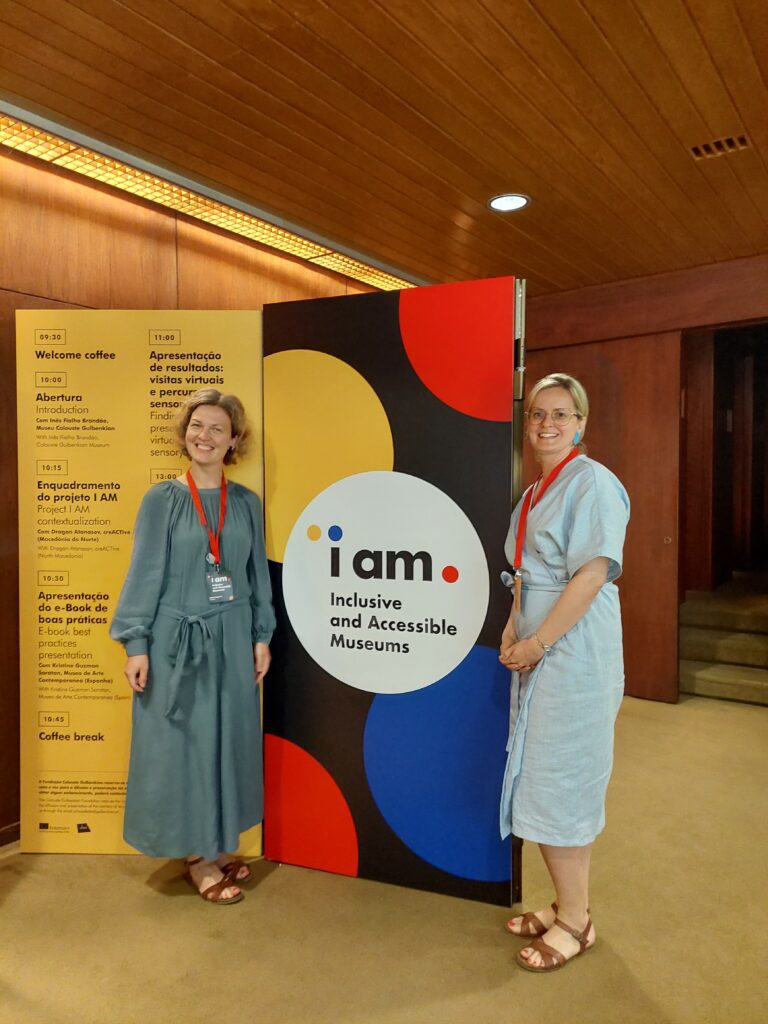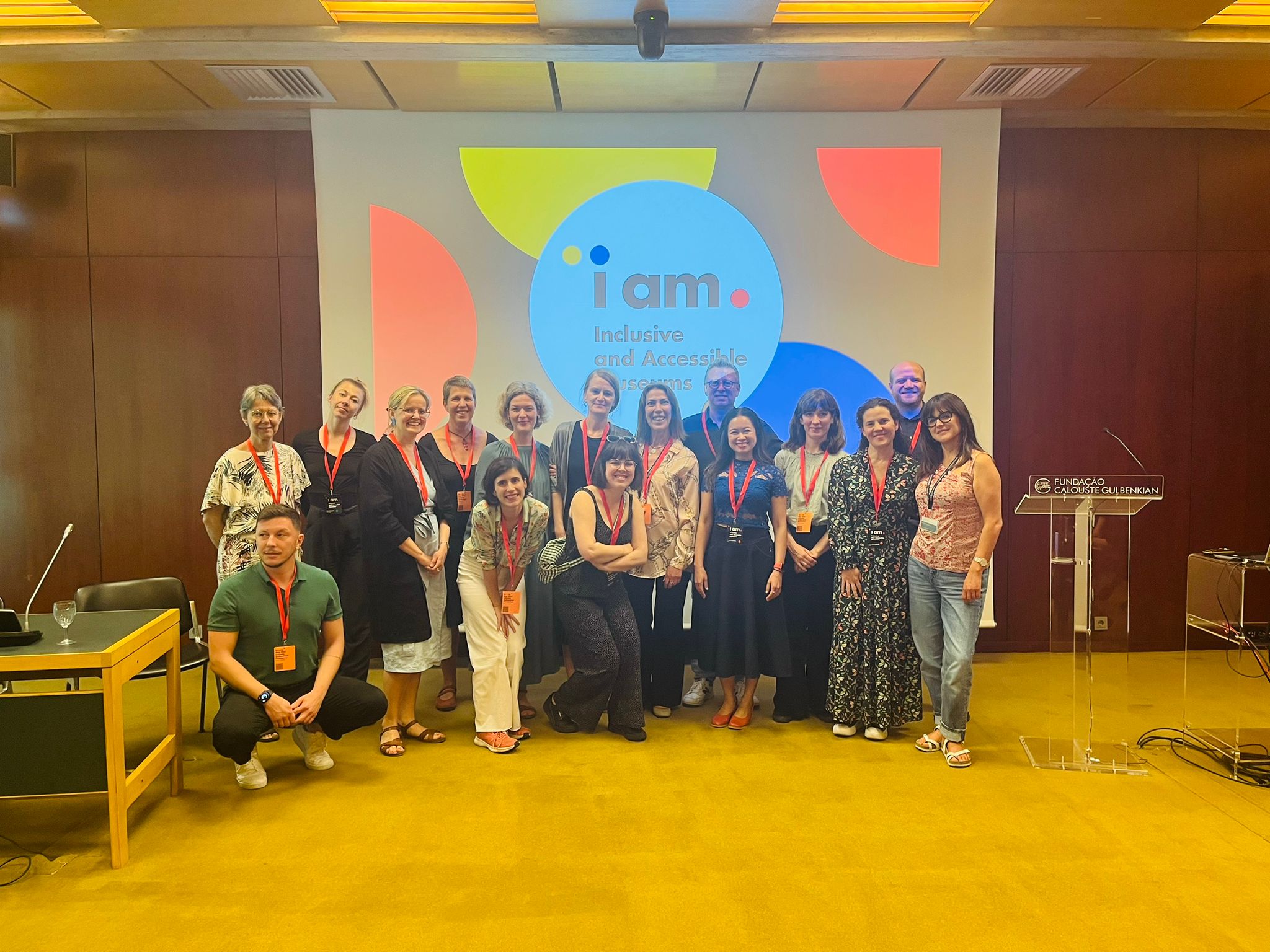In June, the two-year Erasmus+ international project I AM (Inclusive and Accessible Museums) was completed, which was financed by the 2nd main measure of the Erasmus+ program. Museums or youth educational institutions of six European countries participated in the project: mu-zee-um (Belgium), Berlin Wall Foundation (Germany), Calouste Gulbenkian Foundation (Portugal), MUSAC (Spain), Vabamu (Estonia) and creACTive (North Macedonia).
The project brought together the expertise and creativity of several very different institutions. Art museums, history museums, memorial sites, an arts education organization and a youth organization joined forces to make their institutions more inclusive and attractive to young people. In this way, the project tries to bring history, art and culture closer to young people, so that they can expand their world views, communicate with other members of society and develop personal competences. By combining the resources, competences and experiences of each partner, an accessible and safe learning environment can be built that allows young people to participate in cultural and museum life.
The main goal of the project was to create a methodical set of tools that will help make new topics and places more accessible and understandable for young people, especially for people with learning disabilities and intellectual disabilities.
The first part of the project included opportunities for virtual museum tours. Virtual tours were especially relevant during the Covid-19 pandemic, when many museums were forced to operate digitally. During the project, we developed five virtual tours that museums or memorial sites can adapt to their programs. These are Pre-recorded Interactive Tour, Interactive Live Tour, Pre-recorded Insights, Live Insights and Virtual Class.
The second part of the project is Sensory Journey, which is intended for young people with intellectual disabilities. Sensory Journey is a method that helps to enrich the experience of visiting a museum or memorial site with the help of different senses. Educators and youth workers can create their own sensory tools that help young people with intellectual disabilities explore a museum or memorial site and discover works, exhibits or themes through sight, hearing, touch, taste and smell.
In addition to detailed instructions, photos and video examples are included in the set of tools so that educators, youth workers or other museum workers can draw inspiration from the collaborative project.
The guidelines developed by the entire project and the experience are summarized in an e-book, which is available as a .pdf file in Estonian, English, Portuguese, Spanish, Dutch and North Macedonian, and as an EPUB e-file in English. When creating the book, accessible special solutions have been taken into account by choosing the appropriate fonts, colors, format, contrasts, description data. The result is an e-book that is inclusive and takes into account different needs.
Read the .pdf book in English here.
Read English EPUB book here.
Project duration: June 2021 – June 2023
In the picture, on the right is our Programme Manager Aive and on the left is our CEO Karen.


 Back
Back